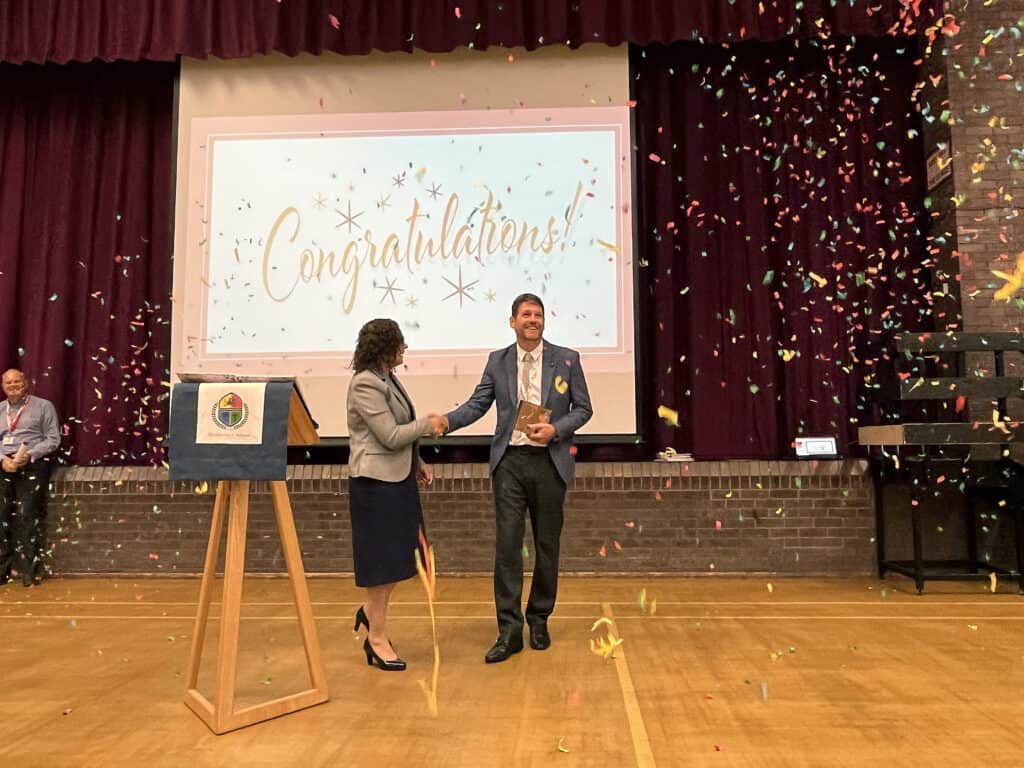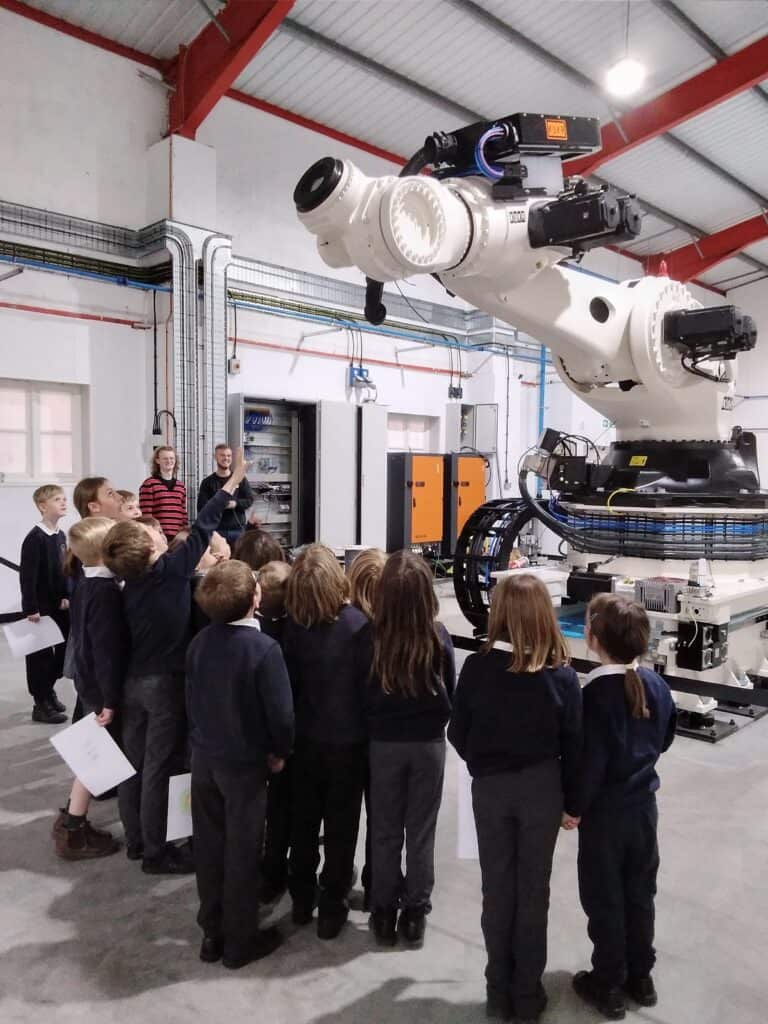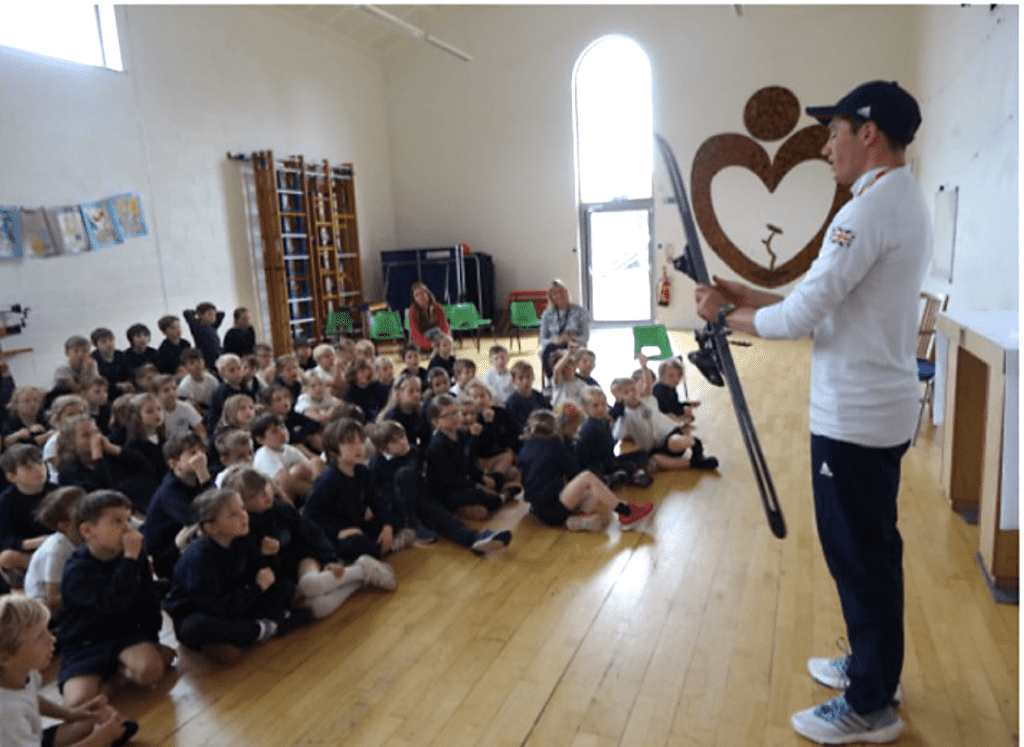The Countryside Regeneration Trust is keeping alive the legacy of a pioneering Dorset farmer and conservationist, reports Fanny Charles

All images: Alan Wicks
A new reserve at Bere Marsh Farm, which is owned by the Countryside Regeneration Trust (CRT), has been officially opened in memory of the farmer and conservationist Angela Hughes, who died in 2009.
A dairy farmer with a passion for protecting and conserving the natural world, Angela championed wildlife-friendly farming. She owned East Farm at Hammoon on the Stour, and bought the nearby Bere Marsh Farm in 1971. She was particularly inspired by its rich diversity of wildlife.
The Angela Hughes Nature Reserve was formally opened by her daughter, Fiona Gerardin. The Stour runs alongside the farm, which is home to barn owls, deer, otters, badgers, hares, bats and butterflies. The North Dorset Trailway, on the former Somerset & Dorset railway line, crosses the land.
Fiona said: “This is the perfect way of reflecting my mum’s lifetime of work. She absolutely loved the area where the reserve has been created and talked so much of the plans that she had for it.
“I am so pleased that the CRT bought the farm because they are sensitively reflecting all that she believed in and worked hard to achieve. It holds so many memories for me that it is reassuring to know the place is in good hands.”
An inspiring pioneer
Angela’s many achievements included co-founding Dorset Wildlife Trust. She was responsible for introducing or reintroducing a number of species to the area, including otters to the Stour, and founded Ham Down Woodland Burial Ground. In 1982 she was awarded the OBE for her services to conservation and nature.
Danielle Dewe, chief executive of the CRT, who was unable to travel to Dorset for the opening, described the new Angela Hughes Reserve as “our way of honouring her and all the magnificent work she did in demonstrating, all those years ago, how farming and wildlife could holistically work together. She was both a pioneer and an inspiration, so we hope that the reserve is a fitting tribute to her wonderful memory.”
Angela was particularly inspired by Bere Marsh Farm’s rich diversity of wildlife – in part created by the man-made railway embankments and cuttings.
At the official opening, attended by trustees and staff of the CRT and some of the many volunteers and supporters of Bere Marsh Farm, Fiona cut the ribbon to a tree-lined corridor rich in birdsong, wild flowers, bees and small mammals, all testament to her mother’s foresight and conservation commitment.
The CRT, which added the 92-acre farm to its nationwide portfolio of properties in June 2020, is committed to keeping alive Angela’s legacy. The creation of the nature reserve at Bere Marsh Farm recognises the work she did to achieve her vision of farming and wildlife living in harmony.
Regenerating the CRT
Founded in 1993 by artist Gordon Beningfield and farmer and writer Robin Page, the CRT was originally called the Countryside Restoration Trust. In April this year, it became the Countryside Regeneration Trust.
A spokesman explains: “Our regeneration goes much deeper than a name, a new logo and brand colours. These are important to reflect what our charity is all about to the outside world, but this goes to the very root of how we deliver our mission.”
Across its 19 farms and properties, the trust is empowering its tenant farmers “to run successful businesses that produce vital food for the nation, while using farming practices that reverse the decline in biodiversity and play their part in storing carbon to tackle climate change.”
The trust has a clear view of the vital role of the countryside: “Wildlife, food production, employment, economics and development are all essential. We believe that our future food security, human over-population and the biodiversity crisis must be addressed.
“We believe that nature is integral to good farming. That philosophy is put into practice on more than 2,000 acres of working farms, small-holdings and woodland across the country, where, alongside our tenant farmers, we are demonstrating how regenerative farming increases biodiversity and maintains sustainable food production for every one of us.”

Look out for …
Otters were reintroduced to the Stour by Angela Hughes in 1990. You might be lucky enough to see one of these magnificent, elusive creatures.
Barn owls have their home in an old barn near the trailway. The CRT restored the dilapidated building to ensure the beautiful birds have a safe place to breed. See the story, along with more remarkable photography by Alan, in The BV, Sep 21, here.
Butterflies abound – you might see a Speckled Wood butterfly in the new Angela Hughes Nature Reserve.
The little egret, the most elegant of water birds, is often seen in or by the river, as are grey herons, which have a heronry in the woods.
Courses at Bere Marsh
There is a series of courses at Bere Marsh Farm this summer, starting on Saturday 16th July with the first of two creative writing sessions with Dr Susanna Curtin (also Wednesday 27th July, 10am to 3pm both days).
On Sunday 17th July, the resident photographer Alan Wicks, whose beautiful images illustrate this article, leads the first of two photography workshops (and Thursday 21st July, 10am to 3pm both days).
Artist Deb Chisman leads drawing workshops on Saturday 6th August and Saturday 13th, 10am to 3pm both days. This is an opportunity to enjoy sketching with charcoal and pencil, to capture some of the wildlife and surroundings of Bere Marsh Farm.
To book for one of the courses, visit theCRT.co.uk/events and for more information on the work of the trust, visit theCRT.co.uk


















